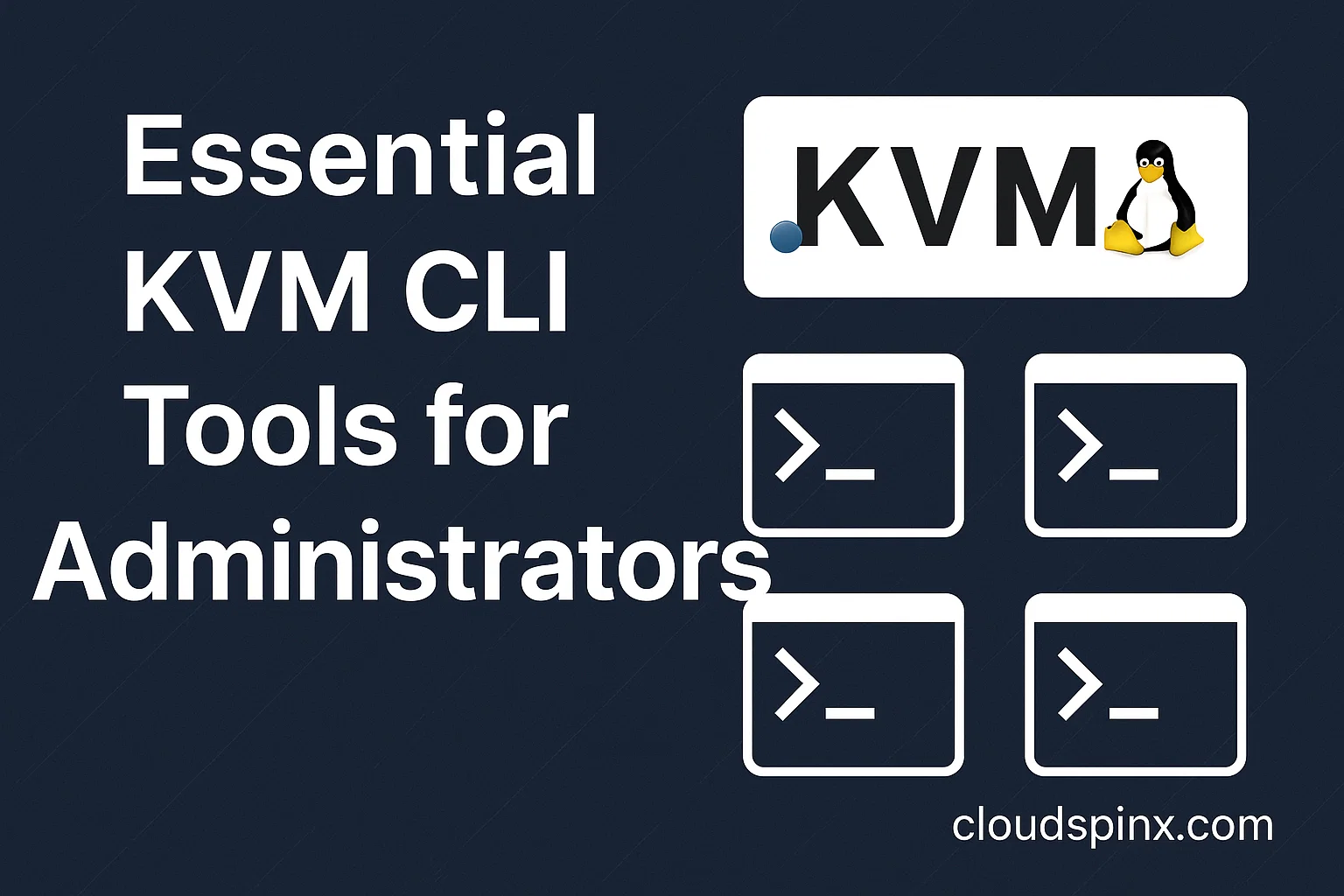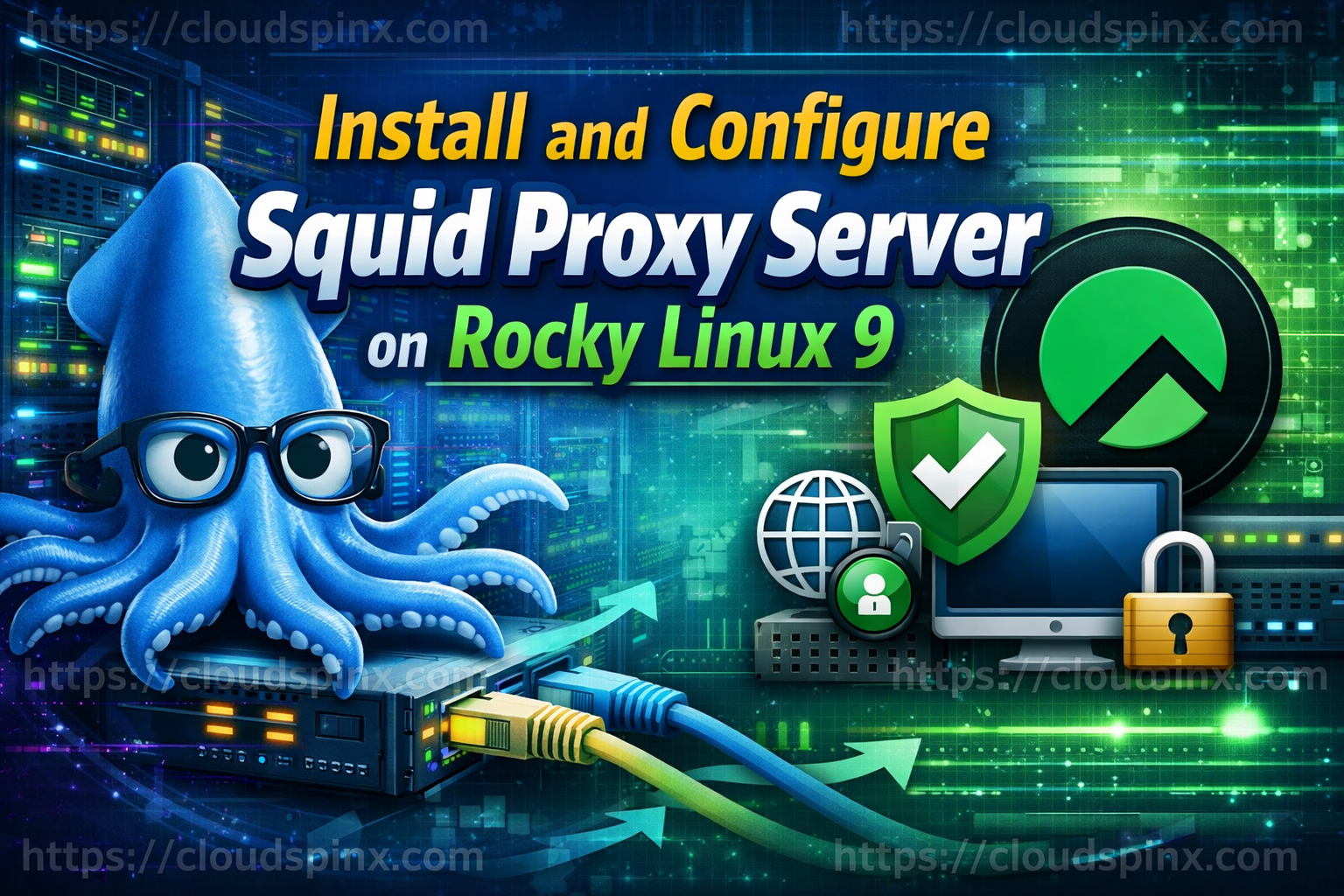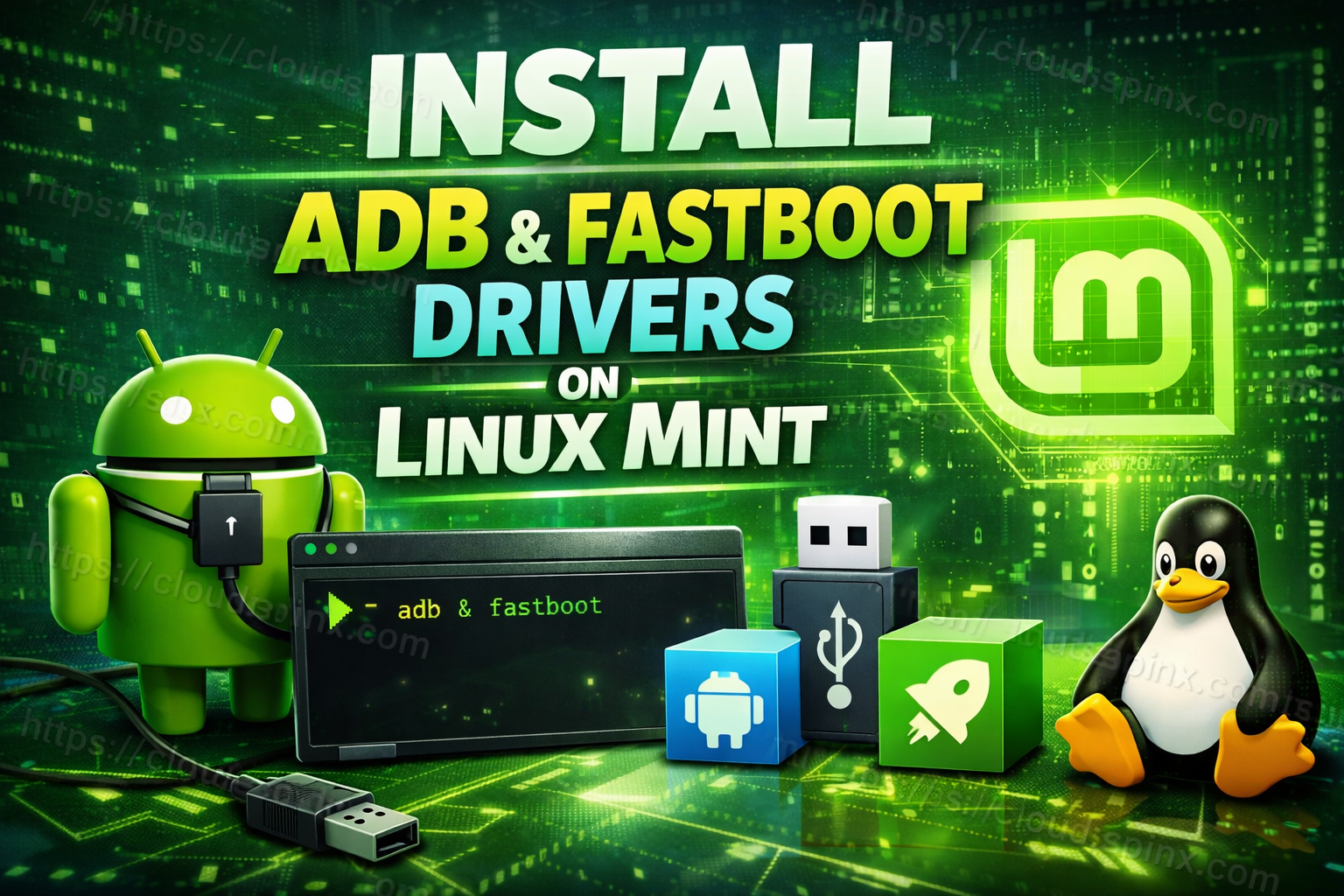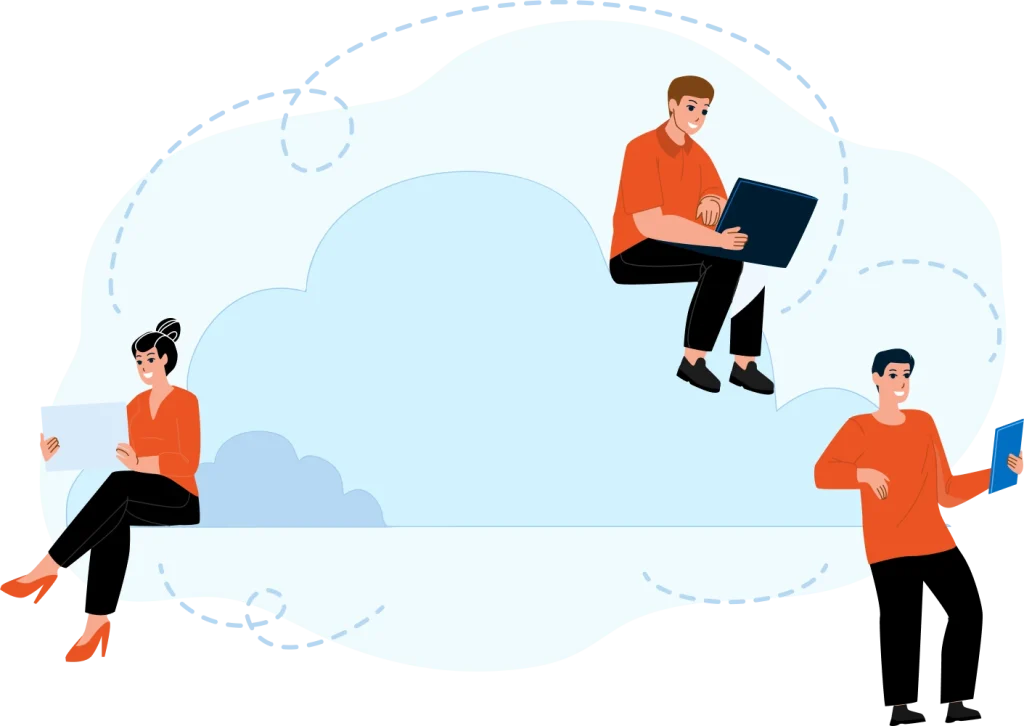To effectively manage KVM KVM (Kernel-based Virtual Machine) environments, you require a set of powerful tools to monitor, modify, and optimize the virtual machines. Whether you need to edit virtual disk images, analyze VM resource usage, clone VMs, or perform system maintenance, KVM provides a suite of command-line utilities designed for these tasks.
In this chapter, we explore essential KVM tools such as virt-top for monitoring VM performance, virt-cat for inspecting virtual machine files, qemu-img for managing disk images, and virt-clone for duplicating virtual machines, among others. These tools streamline virtualization management, making administration faster and more effective.
By the end of this chapter, you’ll have a solid understanding of how to leverage these utilities to enhance your KVM experience.
Summary & Key Takeaways:
virt-top– Monitor CPU, memory, and disk activity of KVM guests in real-time.virt-cat&virt-ls– Access and list files within a VM’s disk image.virt-edit– Modify configuration files inside a VM without booting it.virt-df– Analyze disk usage across multiple VMs.virt-clone– Create identical VM copies quickly.qemu-img&qemu-nbd– Manage, convert, and connect disk images dynamically.virt-sysprep– Reset and sanitize VM images before cloning.virt-resize– Expand or shrink virtual disk sizes.virt-copy-in– Copy files into a virtual machine without booting.guestfish– Perform advanced file system modifications inside VM images.
Mastering these tools will boost your ability to manage KVM environments effectively, whether you need to optimize VM performance, automating tasks, or troubleshooting virtual machines.
To learn about each of these tools, get a copy of our best-selling Mastering KVM Virtualization eBook









